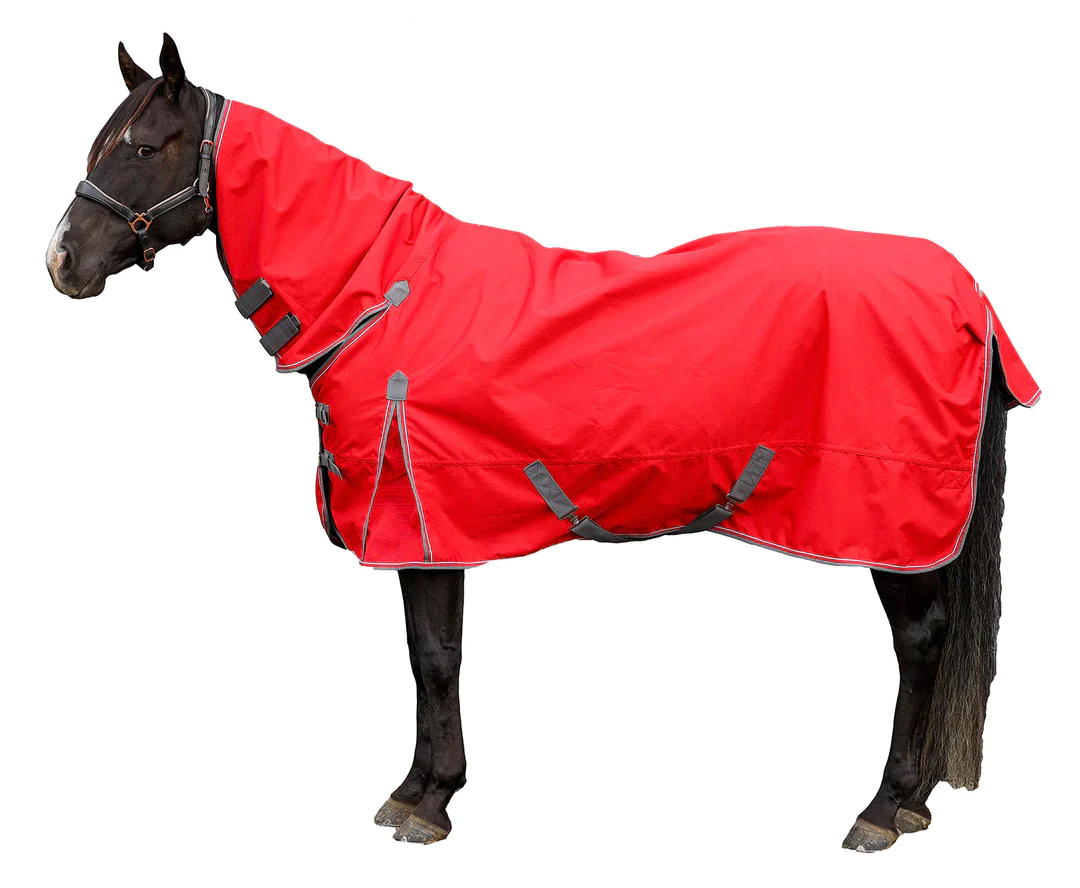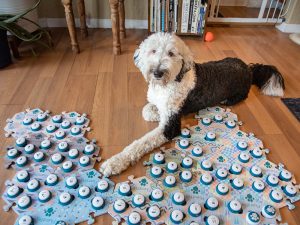An excellent horse rug is a necessary piece of gear for horse care since it keeps horses cozy and protected in a variety of weather situations. The primary qualities that address the needs of equestrian activities, environmental variables, and the horse’s well-being define how effective a horse rug is.
- Material quality
A horse rug’s material greatly influences how long-lasting, breathable, and functional it is as a whole. Superior materials with high abrasion resistance and toughness, such as polyester or denier nylon, are frequently utilized. To shield the horse from rain and snow while letting moisture and sweat out and keeping the animal from overheating, the rug should also be waterproof and breathable.
- Weight and thickness
The rug’s weight and thickness should be suitable for the area in which it will be used and the temperature. A lightweight turnout rug is appropriate for milder weather, but a thicker, heavier rug with enough insulation is required in colder climates. The rug should be just the right amount of warmth without restricting the horse’s freedom of movement.
- Fit and size
The horse’s comfort and range of motion depend on the rug’s fit. The horse’s body should be sufficiently covered by the rug to not interfere with its ability to move, graze, or lie down. A weatherbeeta fly rug that fits properly will stay in its place and won’t chafe or create discomfort.
- Fastenings and closures
A horse rug’s fasteners and closures should be reliable and user-friendly. Rugs with adjustable straps, buckles, and clips should be sturdy and strategically positioned to avoid slipping or coming free. Quick-release mechanisms make removal simple in an emergency, which is suitable for safety.
- Neck design
To offer further safety, several horse rugs have neck coverings or attachments. The horse should be able to move freely while still having good weather protection from the neck design. It should also stop the mane and withers from being rubbed or irritated.
- Tail flap
A quality horse rug frequently has a tail flap for additional protection to the tail area. This aids in keeping the tail dry and clean, particularly in muddy or damp circumstances. For optimal coverage, the tail flap should be sized and positioned correctly.
- Breathability
To keep the horse from overheating and sweating excessively, there must be adequate breathability. Gussets and mesh panels are examples of ventilation elements that encourage air circulation and keep the rug at a reasonable temperature.
- Lining
The rug’s lining ought to feel silky and cozy against the horse’s coat. Additionally, it must avoid causing pressure points or rubbing. Furthermore, linings with anti-static and antibacterial properties improve the horse’s general health and well-being.
- Reflective elements
The rug’s reflective strips or components improve visibility, particularly in low light. This is vital for the horse’s safety and the riders’, increasing their visibility to cars and other horseback riders.
- Easy upkeep and cleaning
A quality horse rug or dressage saddle should be simple to clean and maintain. Machine washable rugs save time and effort, and materials resistant to stains and smells extend their life.
Final thoughts
A properly designed horse rug takes into account the needs of different climates as well as the horse’s comfort and protection. Horse owners may make sure that their equine companions are well-cared for in a variety of weather situations and activities by giving priority to aspects like material quality, fit, breathability, and additional protective elements.


